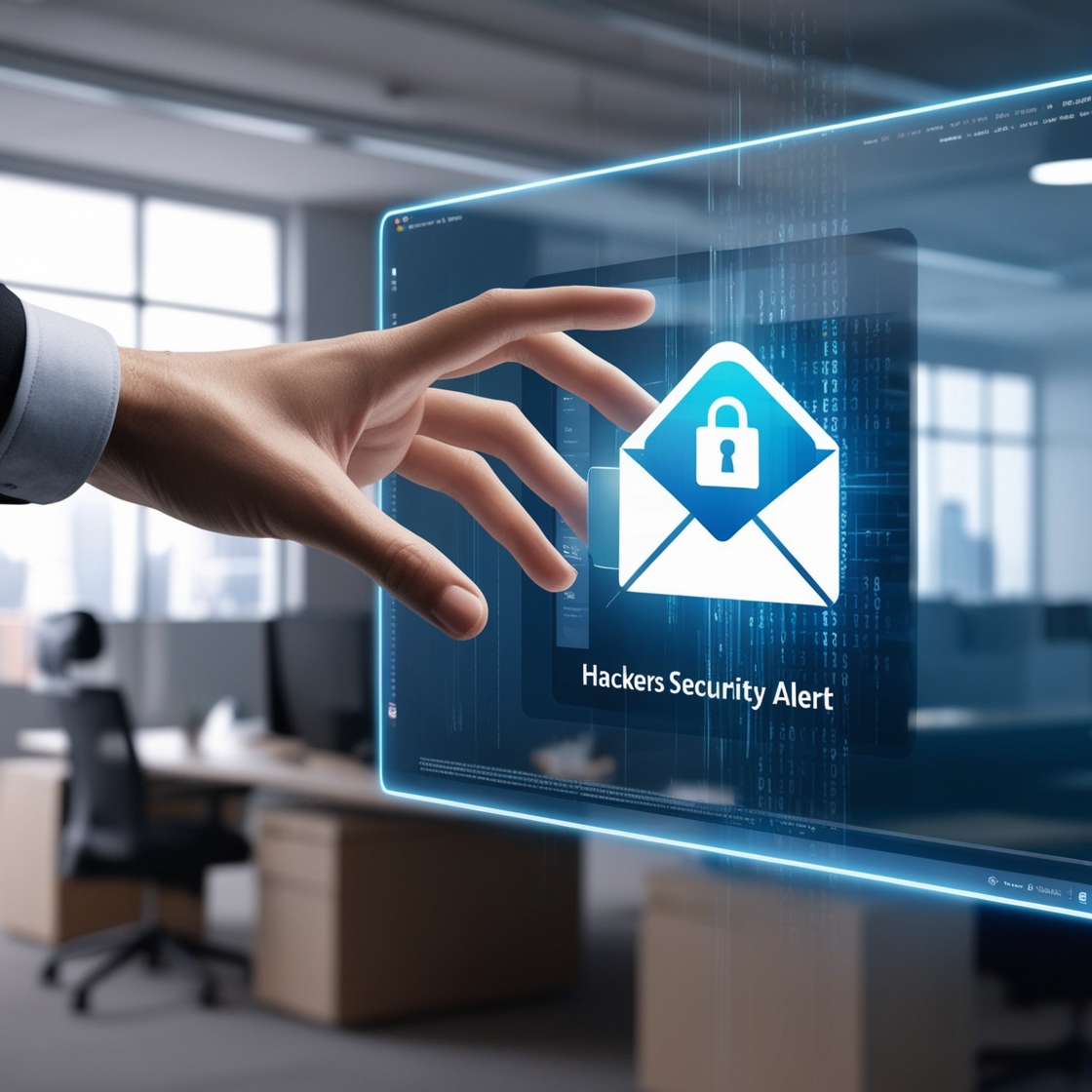On October 3, 2024, American Water, the largest water utility in the U.S., suffered a significant cyberattack that impacted its internal systems, including the suspension of its billing operations. This breach highlights a growing concern for the security of critical infrastructure in the U.S., particularly within the underfunded water sector. Serving over 14 million people across 14 states, American Water is now collaborating with law enforcement and cybersecurity experts to assess the damage and prevent further disruptions.
The Immediate Impact: Operational and Financial
Following the discovery of unauthorized network activity, American Water quickly isolated its systems to prevent further intrusion. While its water and wastewater operations remain unaffected, the company paused customer billing as a precautionary measure. Ruben Rodriguez, an American Water spokesperson, assured customers that they will not incur late fees during this period.
The exact method of the attack remains undisclosed, but this breach emphasizes the vulnerabilities within modern digital systems. Customers are encouraged to monitor updates from the utility as investigations continue. This attack, occurring just as concerns over U.S. infrastructure security are growing, underscores the increasing threats that critical sectors face from both cybercriminals and nation-state actors.
Growing Concerns in U.S. Infrastructure Cybersecurity
The water utility sector has long been considered vulnerable to cyberattacks. Earlier in 2024, federal agencies such as the NSA and CISA issued warnings about state-sponsored hacking groups targeting U.S. infrastructure, particularly focusing on utilities. These attackers are known to maintain long-term access to critical systems, potentially waiting for a crisis to exploit their position.
In the past, state-sponsored groups from China and Russia have been implicated in similar incidents. For instance, China-based group Volt Typhoon was accused of targeting water systems, demonstrating their capability to gain access to vital networks. The latest attack on American Water echoes the security challenges the sector continues to face, especially given the reliance on modern systems like APIs, cloud-based services, and web applications, which often introduce new vulnerabilities.
High-Profile Attacks on U.S. Water Systems
American Water is not the first water utility to experience a cyberattack. In 2021, the Oldsmar, Florida water treatment plant was attacked by hackers who attempted to poison the water supply by altering chemical levels. Although the attack was thwarted, it demonstrated the potential for catastrophic consequences in the event of a successful breach.
Water systems, like other public utilities, are considered critical infrastructure, and cybersecurity breaches could lead to devastating impacts on public health and safety. Without sufficient funding or preparedness, these utilities are left exposed to a rising tide of sophisticated attacks.
Why Water Utilities Are Targeted
Water utilities have become attractive targets for cybercriminals and nation-state actors because they control vital public services. Moreover, many of these organizations operate with outdated or underfunded cybersecurity measures. The American Water breach brings this issue into the spotlight once again, particularly as experts have called for increased investment in cybersecurity solutions for utilities.
One common tactic used by cybercriminals is to exploit weaknesses in identity security systems, such as Active Directory, which often serve as the entry point for cyberattacks. Sean Deuby, a cybersecurity expert at Semperis, commented on the breach, noting that identity-based attacks are a significant threat to critical infrastructure. By exploiting vulnerabilities in identity management systems, attackers can escalate their privileges and gain deeper access to sensitive systems, potentially causing widespread disruption.
The Broader Challenge of Protecting Critical Infrastructure
The cyberattack on American Water also draws attention to the broader issue of protecting U.S. critical infrastructure. With cybersecurity incidents in the water sector rising, federal agencies such as CISA have focused on developing new guidelines and security measures tailored specifically for utilities. However, implementing these changes requires time and funding, both of which are often scarce in the public utility sector.
Tim Erlin, a security strategist at Wallarm, pointed out that water utilities are increasingly reliant on digital technologies, which introduce new vulnerabilities. Without the resources to properly secure these systems, utilities remain vulnerable to the same types of cyberattacks that have affected other sectors, such as energy and transportation.
The Future of Utility Cybersecurity
As the investigation into the American Water breach unfolds, one thing is clear: critical infrastructure sectors must prioritize cybersecurity moving forward. Experts have long warned that underfunded sectors, like water utilities, could become prime targets for attackers seeking to disrupt public services. The rise in identity-based attacks, such as those that exploit Active Directory, serves as a reminder of the need for enhanced security protocols.
While American Water’s quick response helped mitigate the potential fallout, the incident highlights the importance of securing identity management systems and protecting mission-critical infrastructure from future threats. As more utilities adopt digital solutions, the need for comprehensive cybersecurity measures will only continue to grow.
By Vladimir Rene







